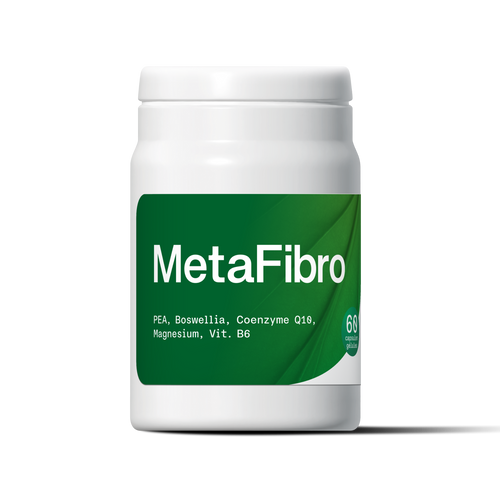The endocannabinoid system is a complex biochemical system that regulates other systems and functions in the human body.
The endocannabinoid system (ECS) was discovered in the 1990s. It is composed of several elements:
CB1 and CB2 cannabinoid receptors, present in certain types of cells, which function like “locks”;
Cannabinoids which act as “keys”;
Enzymes that are used to synthesize, transport or degrade endocannabinoids.
CB1 receptors
CB1 cannabinoid receptors are found throughout the body, but they are massively expressed in the central nervous system (brain and spinal cord).
The functions of CB1 receptors
CB1 receptors regulate in particular:
The metabolism
Emotional responses.
They are also involved in the processes that regulate thinking, memory and learning. Psychoactive substances like THC readily bind to CB1 receptors.
CB2 receptors
CB2 cannabinoid receptors are concentrated in the peripheral nervous system – the nerves that connect the central nervous system to other areas of the body – and in certain types of immune cells.
The functions of CB2 receptors
CB2 receptors regulate certain organic and muscular functions.
They also play a role in the immune system. Indeed, once activated, CB2 receptors reduce inflammation.
Cannabinoids that bind exclusively to CB2 receptors are generally not psychoactive.
Cannabinoids
A molecule is called a cannabinoid when it binds and interacts with cannabinoid receptors. There are 2 types:
Exogenous or phytogenic cannabinoids come from outside the body.
There are several types of cannabinoids: THC, cannabidiol (CBD), CBN, CBG, etc. They are particularly abundant in cannabis, but many plants make them.
Endocannabinoids are produced naturally by the body.
To date, researchers have identified several. Anandamides play a key role in regulating mood and emotions. As for 2-AG, its main function would be to reduce inflammation by regulating various functions of the immune system.
Why this name?
Originally, researchers wanted to understand how the active substances in cannabis (cannabinoids) interact with the human body. They therefore named the receptors concerned “cannabinoid receptors”.
Later, they discovered that the human body naturally produces molecules very similar to exogenous cannabinoids.
They also bind to and activate the same receptors. Scientists have therefore given them the name endocannabinoids; the suffix “endo-” meaning “internal”.
The SEC therefore goes well beyond cannabis, but the original term has remained.
What is the SEC used for?
In all likelihood, the ECS participates in the body's homeostasis. It serves to maintain the balance of other systems: the nervous, immune, digestive, neuronal, hormonal systems, etc.
This undoubtedly explains the varied and multiple effects of certain cannabinoids on our health.
That said, research into the ECS is only just beginning. Discovered barely thirty years ago, it is still far from having revealed all its secrets...
References
Devane, WA et al., “Determination and characterization of a cannabinoid receptor in rat brain”, in Mol Pharm, 1988.
Munro S. et al., “Molecular characterization of a peripheral receptor for cannabinoids” in Nature, 1993.
Fezza, F. et al., “Endocannabinoids, related compounds and their metabolic routes” in Molecules, 2014.
Venance L. et al., “Endocannabinoids in the central nervous system” in Med Sci (Paris), 2004.




